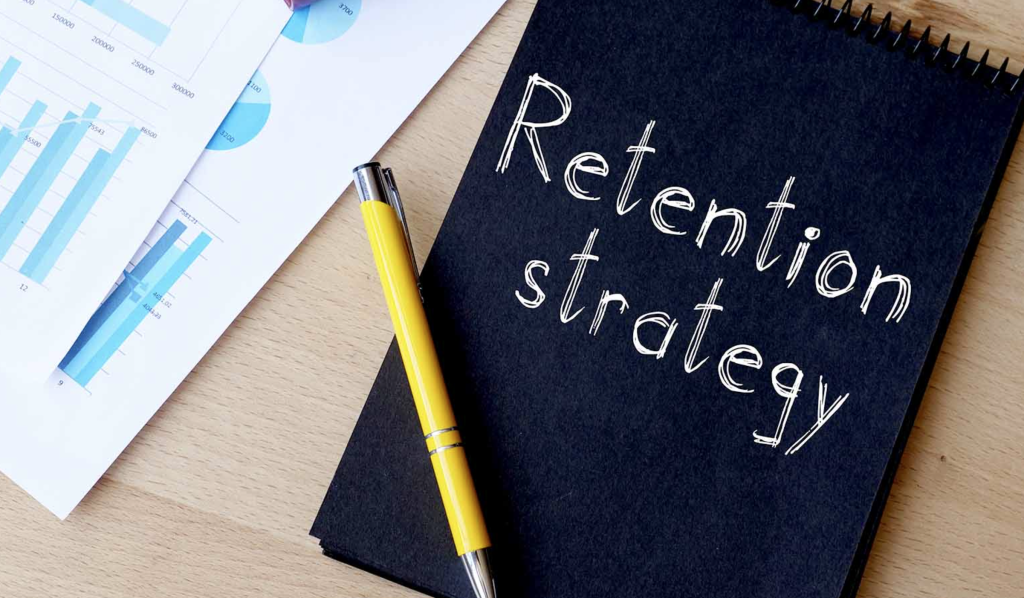For the first time in decades, it’s an employee’s market, and it shows. The high turnover should be seen as a wake-up call for even the most attractive workplaces. Top employers are having to rethink their hiring and retention strategies, making those late to the employee-centered game further behind.
But launching an expensive, wide-reaching retention strategy isn’t always an option. Organizational leaders have to make the call between investment and potential return beyond talent. What’s realistic doesn’t always match what’s desired, but there are fiscally-responsible ways to improve retention. With a bit of creativity and employee input, smart employers can make a big impact with a small budget.
1. Create a Welcoming Work Environment
Going to work doesn’t have to incite a groan, even if the daily duties aren’t the most exciting. What often makes a memorable and enjoyable workplace are the people. Aside from the obvious benefits of hiring talented individuals, keeping them happy and engaged is essential.
Review your current work environment and identify improvements that can be made in the short term. While a total office renovation is likely a budget-buster, assessing other factors is worth your time. Consider implementing a relaxed dress code that celebrates individuality while maintaining professionalism.
Reinforce workplace pride and purpose by gifting your employees with a custom T-shirt outfitted with your logo and brand colors. This cost-effective gift can surprise and delight employees in a new hire welcome kit or anniversary recognition. Just like fans of a sports team, your colleagues will feel a sense of pride in their new gear.
2. Offer the Maximum Amount of Flexibility
Some jobs require a customer-facing presence, making flexibility a challenging hurdle to cross. But that doesn’t mean breaking down workplace norms isn’t a valuable endeavor. The definition of flexibility is broad, so use your employee engagement or pulse surveys to get ideas. Aim to assess your workplace needs alongside employee desires before developing solutions.
Next, review your current policies surrounding work hours, work location, and pre-approvals. Chances are, there are antiquated policies that don’t make as much sense as they did a decade ago. Remote capabilities and technology open up the opportunity for juggling life demands along with work, so explore every option.
Pair employee feedback with what’s realistic for your organization’s function, and make concessions where you can. For example, eliminate the need to nickel and dime paid time off banks for doctor’s appointments and school pick-up. Focus on the desire to offer work-life balance that’s considerate of your employees’ commitments outside of work. With this shift, employees will be able to use their earned time off for relaxation instead of errands.
3. Express Gratitude Regularly
Team members are hired to do a job and then paid for their good work. That should be enough, right? On paper, the exchange of work for compensation looks great, but the daily grind requires gratitude for long-term retention.
Cultivate a workplace full of gratitude, where managers acknowledge a job well done often. This may not come naturally to many, so develop leadership training that reinforces this value. Provide resources to make it accessible for everyone, like branded thank-you notes for colleagues to write for one another. Use your collaboration platforms and intranet to celebrate achievements or conduct peer acknowledgment.
For major contributions, consider amping up your spot award program or creating one if you don’t already have one. Develop criteria that empower managers and peers to nominate work that goes above and beyond. Then, commit to an efficient review process that gives resolution to the nomination, awarding employees while the work is fresh. Awards don’t have to be high-dollar, but they do need to be consistent and meaningful. Gift cards for coffee, branded apparel, and small monetary awards provide regular opportunities for gratitude.
4. Encourage a Culture of Collaboration – Inside and Out of the Office
Relationships are developed through time spent together, proximity, and shared experiences. In the workplace, positive relationships can make the difference in employee retention. When you work on a collaborative and cohesive team, you’re less likely to search for new employment.
Create opportunities for shared experiences by setting the expectation for teams to be more than cross-functional. Aim to get representation on project teams from not only highly-experienced leaders but individual contributors as well. Diverse teams often make the end product better, thanks to their dynamic insight and unique perspectives. For example, managers may have a great idea of the process, but customer-facing colleagues understand the reality of its application. Ensure equitable contribution by resetting project requirements and aim for each individual to serve on at least one project annually.
Time spent outside the office shouldn’t be reserved for those with life flexibility and budgets to meet up for drinks. Step away from the old-school tradition by setting work time aside for team building. Sharing a meal is always great, but sharing a purpose is better. Consider how your teams can use their talents to serve others through community service projects or pro-bono work. Sport your company logo while outside the office to create a sense of community and pride that celebrates your efforts.
Get a Pulse on the Employee Experience and Adapt Accordingly
Understanding what drives retention is essential, so keep employee feedback at the forefront of your improvements. After you’ve developed your first-generation approach to employee retention, keep the lines of communication open. Conduct post-event surveys, integrate feedback into annual engagement efforts, and listen to the conversations that happen organically.
Provide open-ended opportunities for new ideas and thought-provoking feedback, using five-point Likert scales only when necessary. Establish a working group made up of a diverse sample of employees to consult with your leaders on long-term strategies. Adapt to the current needs of your employees, which will improve their experience and your organization’s effectiveness over time.




